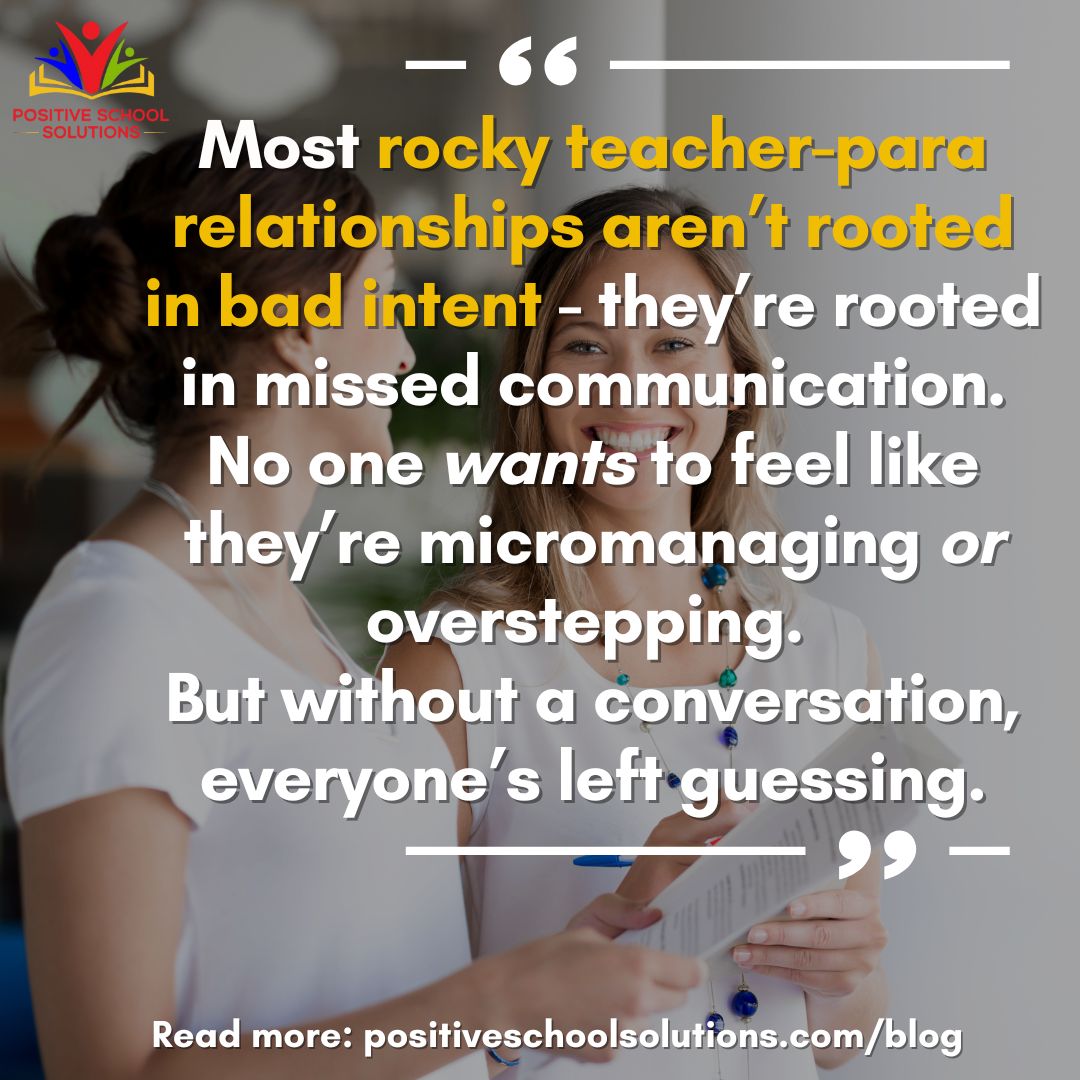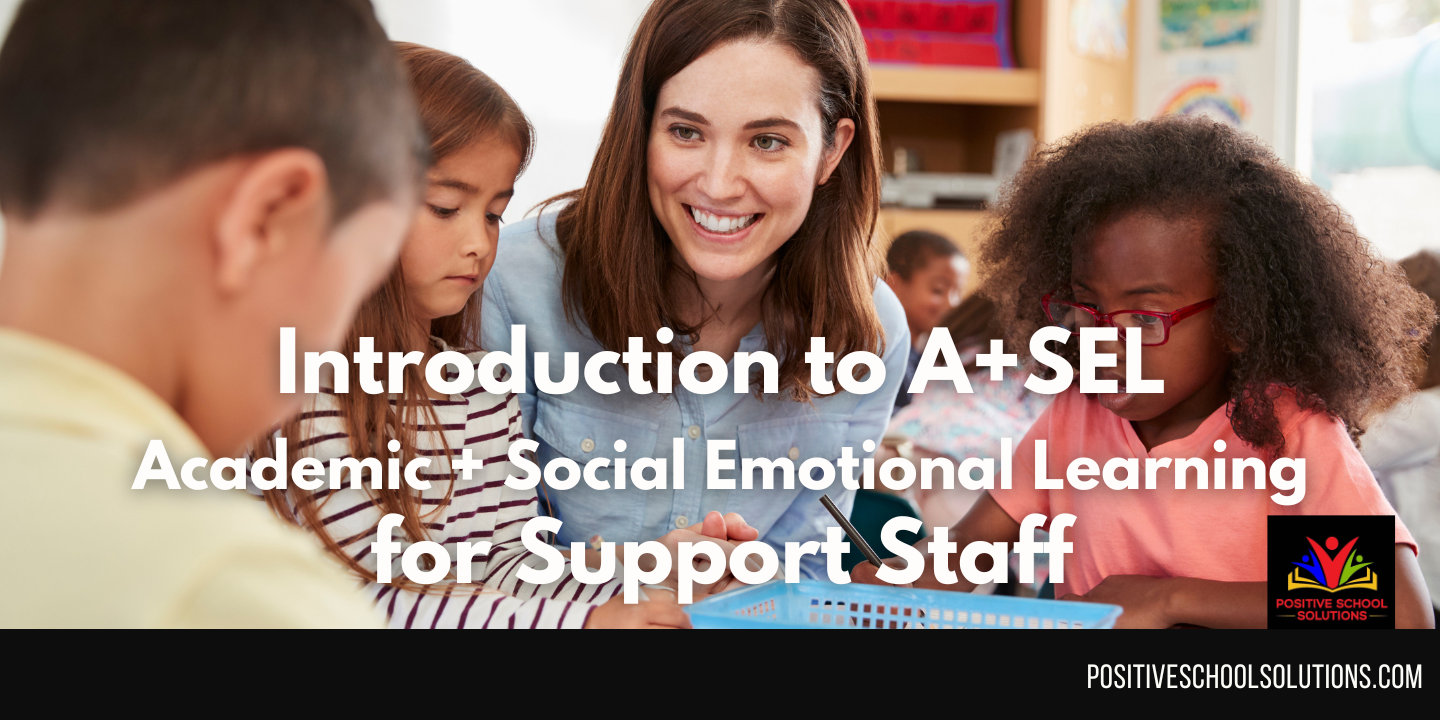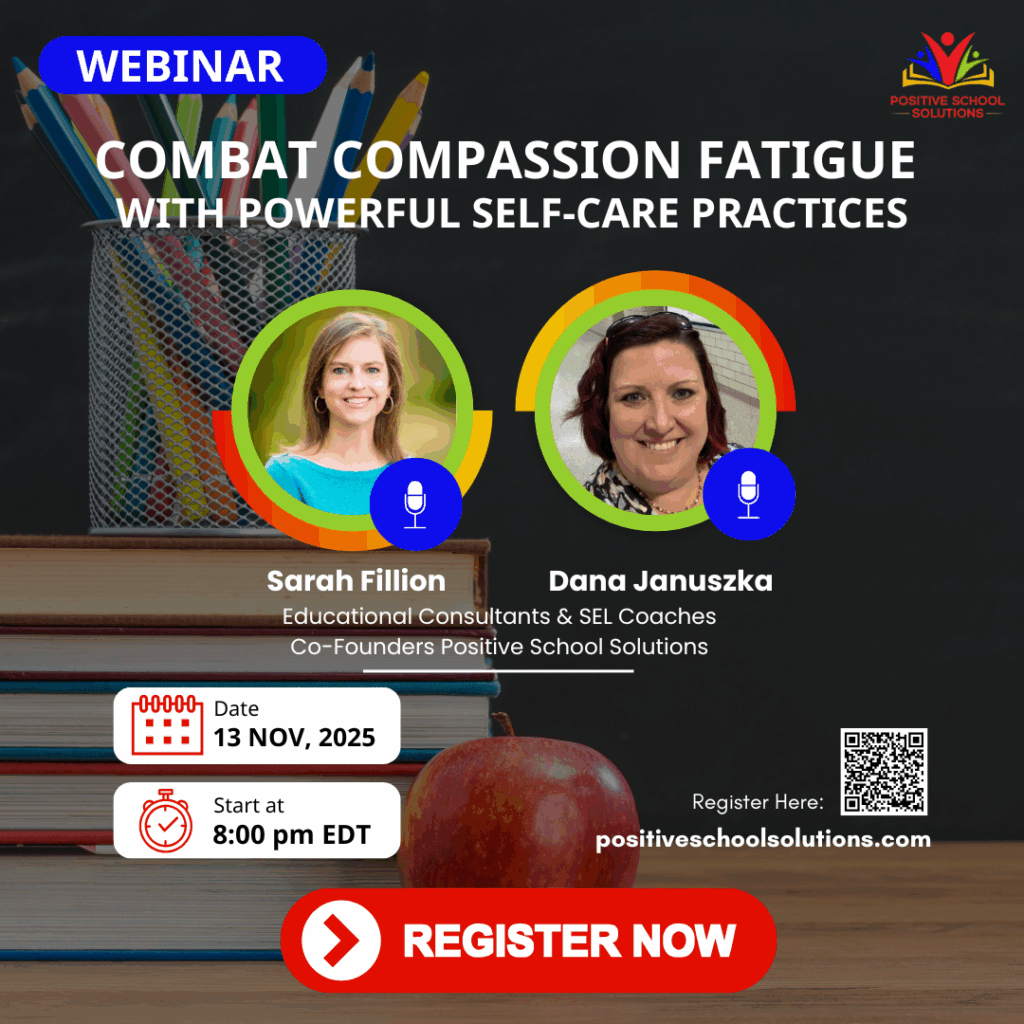‘I don’t have time for this.’ That’s what you may tell yourself. There’s curriculum to prep, kids to get to know, parents to email, desks to label, and a million other things pulling at your energy.
But here’s the truth: You don’t have time not to do this. 
If you’re working with a paraprofessional this year, carving out 30 intentional minutes at the beginning of the school year will save you hours of confusion, frustration, miscommunication, and redo work down the line. You know the kind – that mental spiral of “I didn’t think they were going to do that,” or “Why didn’t they help with that?” or even “I feel like I’m doing everything alone.”
We hear this all the time when we lead paraprofessional workshops. We invite paras to step into their strengths, ask questions, make suggestions, or take initiative — and you know what we hear?
“Oh, I can’t do that. I’m just the para. My teacher wouldn’t want that.”
And yet, as former classroom teachers ourselves, we know so many educators would actually love it if paras stepped in more confidently… as long as it was something you’d talked about.
That’s the magic right there. Communication. Clarity. Collaboration.
My Personal Lesson (Learned the Hard Way)
I’ve worked with some phenomenal paraprofessionals who became true teammates in my classroom — and I’ve also had some working relationships that… didn’t quite flow.
The difference? It wasn’t about skill level. It wasn’t about attitude.
It was about communication.
When I took time — just a little — to get to know my support person both personally and professionally, the energy in the room shifted. We built mutual respect. We learned each other’s preferences and boundaries. We figured out what worked and what didn’t, without stepping on toes.
Most rocky teacher-para relationships aren’t rooted in bad intent – they’re rooted in missed communication. No one wants to feel like they’re micromanaging or overstepping. But without a conversation, everyone’s left guessing.
So, Let’s Make It Easy
There are two common roadblocks that prevent this conversation from happening:
- “There’s just no time.”
Totally valid feeling. The start of the year is intense. But let’s reframe this: if you make 30 minutes now — and just 5 minutes of intentional check-in time daily – you’ll save hours later. Hours of frustration, explaining, redoing, complaining, or feeling unheard. - “I don’t know how to start it.”
That’s where this blog — and the free resource guide at the end — comes in to help.
What to Talk About in Your First 30 Minutes
You don’t need to map out every contingency — but you do need to lay a strong foundation. Here are a few powerful things to discuss together:
Past Experience
- What has worked well in previous years/experiences?
- What types of tasks or interactions felt frustrating or confusing?
Preferences
- Are each of you more of a big picture or small detail thinker?
- Are there any times of day or routines where support is especially needed?
Communication Styles
- Do each of you prefer a quick morning check-in, midday chat, or sticky notes left for each other because of time constraints?
- Is it okay to redirect a student on their own, or do they want you to model it first?
Boundaries and Roles
- What are the “non-negotiables” for you in terms of student safety or routines?
- What tasks do they feel confident jumping into?
Philosophy
- What kind of classroom environment do you each want to create?
- How do you want students and adults to feel in your shared space?
A Clear Line of Communication is the Real Gift
Once you’ve opened the door to communication, it becomes so much easier to keep it open. Start with this 30-minute conversation, and then protect a few minutes each day for casual, ongoing check-ins. These tiny moments build trust, prevent resentment, and keep things flowing.
When teachers and paras are in sync, students feel it because they see a united front so they feel safe, which means they learn better. And isn’t that what it’s all about?
Grab the Free Conversation Guide
We’ve created a free downloadable guide with simple conversation starters, reflection prompts, and a few mindset reminders for both parties. Whether this is your first time working with a para or your twentieth, this resource will help you start strong.
Let’s make this the year of collaboration, not confusion. Respect, not resentment. Clarity, not chaos. 30 minutes now can save your sanity later — and build a classroom culture that truly works for everyone.
Want to strengthen your para partnership all year long?
This conversation is just the beginning…
Our A+SEL course for paraprofessionals helps support staff build confidence, use proactive strategies, and become an even stronger part of the classroom team.
Written by Sarah Fillion 2025


